Ostalgie
Henrike Naumann
Feb 2 – Apr 28, 2019
Henrike Naumann’s first solo exhibition at KOW—it is also the gallery’s farewell show after ten years in the rooms at Brunnenstraße 9—explores the historical dimensions of a particular flavor of nostalgia: Ostalgie, the wistful yearning for life in socialist East Germany. As it happens, a nostalgic gesture is built into the exhibition venue itself: preserving the gap in the row of houses lining the street—it can still be seen on Google Street View—and transforming it into KOW’s showrooms, the 2009 structure by Arno Brandlhuber is a nod to a Berlin-Mitte that is no longer. Next door, a multimillionaire celebrated the twentieth anniversary of the fall of the Berlin Wall by having the words “Dieses Haus stand früher in einem anderen Land” (“This building once stood in a different country”) written on its façade in large letters, a cynical and almost hostile appropriation of historical memory.
Henrike Naumanns erste Einzelausstellung bei KOW, mit der sich die Galerie zugleich nach zehn Jahren aus ihren Räumen in der Brunnenstraße 9 verabschiedet, widmet sich den historischen Dimensionen einer besonderen Ausprägung von Nostalgie: der Ostalgie. Schon der Ausstellungsraum selbst beinhaltet eine nostalgische Geste: Die in der Architektur von Arno Brandlhuber konservierte Baulücke, die bei Google Street View noch immer besichtigt werden kann und aus der 2009 die Galerieräume von KOW entstanden, verweist auf ein untergegangenes Berlin-Mitte. Das Nebengebäude, das von einem Multimillionär anlässlich des 20. Jahrestages des Mauerfalls zynisch mit dem Spruch „Dieses Haus stand früher in einem anderen Land“ beschrieben wurde, markiert eine fast schon feindliche Erinnerungsaneignung.
Like any other sentiment in capitalism, Ostalgie has been merchandised. Henrike Naumann’s new video Die Monotonie des Yeah Yeah Yeah (the title quotes Walter Ulbricht), embedded in the original furnishings of a 1990s shoe store in Brandenburg, examines the nexus between the marketization of memories and the construction of a new East German identity. The piece focuses on the birth of today’s East Germans from the beat of dedicated Ostalgie club nights. In retrospect, Ralf Heckel, who invented the format, interprets the inaugural party on New Year’s Eve in 1994 as an ecstatic ritual of community formation that opened the door to “true spiritual freedom” for East Germans. Ostalgie products are the artefacts of this long-ago departure for a new world as well as mementos of an allegedly magical instant: “Not only were we allowed to say what we wanted, we were even free to sing what nobody wanted to hear.” (Ralf Heckel)
Ostalgie may be read as an individual and collective longing: as the projection, loaded with positive emotions, of a fictional East German society, an imagination cobbled together from media discourses and selective snippets of memory. This sentiment is at odds with the communist philosophy of history known as historical materialism. In the logic of history’s necessary progression, the past could not possibly have been better than the future. With the collapse of communism, the authoritarian rollback around the world, and the onset of global warming, however, the future has lost its allure as a social vision. On the other hand, Ostalgie is also a form of resistance, a “counter-memory” (Daphne Berdahl) that defies a hegemonic culture of memory and commemoration as much as the colonialization of East German lived realities.
Wie jedes andere Gefühl im Kapitalismus wurde auch die Ostalgie ökonomisiert. Henrike Naumanns neue Videoarbeit Die Monotonie des Yeah Yeah Yeah (Walter Ulbricht), eingebettet in das Originalmobiliar eines brandenburgischen Schuhladens der 90er Jahre, widmet sich dem Zusammenhang der Vermarktlichung von Erinnerung und der Konstruktion einer neuen ostdeutschen Identität. Es geht um die Geburt der Ostdeutschen aus dem Beat der Ostalgie-Parties. Deren Erfinder, Ralf Heckel, deutet in seiner Selbsterzählung die erste Ostalgie-Party in der Silvesternacht des Jahres 1994 als ekstatisches Vergemeinschaftungsritual, das die „wirkliche Freiheit des Geistes“ der Ostdeutschen ermöglichte. Ostalgie-Produkte sind die Artefakte dieses längst vergangenen Aufbruchs, gleichzeitig sind sie Erinnerungen an einen vermeintlich magischen Moment: „Wir durften nicht nur sagen, was wir wollten, wir konnten sogar singen, was niemand hören wollte.“ (Ralf Heckel)
Ostalgie lässt sich als ein individuelles und kollektives Sehnsuchtsgefühl betrachten: als positiv empfundene Projektion einer fiktiven DDR-Gesellschaft, die sich aus medialen Diskursen und selektiven Erinnerungsfetzen zusammensetzt. Dieses Gefühl steht im Widerspruch zur kommunistischen Geschichtsphilosophie des historischen Materialismus. In der Logik des gesetzmäßigen Fortschritts der Geschichte konnte die Vergangenheit unmöglich besser sein als die Zukunft. Mit dem Zusammenbruch des Kommunismus, dem globalen autoritären Rollback und der Erderwärmung hat die Zukunft jedoch als Gesellschaftsentwurf ihre Attraktivität verloren. Auf der anderen Seite ist Ostalgie auch eine Form des Widerstands, eine Gegen-Erinnerung („counter-memory“, Daphne Berdahl), die sich einer hegemoniale Erinnerungs- und Gedenkkultur ebenso entgegenstellt wie einer Kolonialisierung ostdeutscher Lebenswelten.

The linear sequence of stages envisioned by the Marxist model of social development and the capitalist growth paradigms share a positive point of reference: the primordial hunter-gatherer society as a projection of the human foundations of sociality. In the gallery’s ground-floor showroom, Naumann’s new installation Ostalgie (Urgesellschaft) turns the spotlight on the materiality of anthropological narratives and reactionary social models. East German everyday objects mingle with cartoonish furniture for a Flintstonesque “neo-Paleolithic” (Markues). Naumann’s work inquires into the abiding appeal of utopias that promise to reduce the complexity of contemporary life and beckon with the construction of an ostensibly simple past. Sexual, racial, and social structures that are unmistakably steeped in violence and raw power are the intellectual constants of this imaginary “retrotopia” (Zygmunt Bauman). The ground that no longer holds firm becomes the wall.
Mass unemployment, the devaluation of people’s achievements, flexibilization, and the disintegration of social bonds were the landmarks of an East Germany that looked like a jungle; until 1995, West German public officials who volunteered to chart it were paid what was known as the outback bonus. Only in this “land before our time” (Littlefoot) did the “East Germans” come into being as an identifiable demographic recognized as such by both its members and outsiders. Ostalgic feelings, products, and practices are the immaterial and material expressions of the active making of cultural difference.
Probing the sediments of the past, Martin Hoop is a mine shaft leading down into the cryptic semiotic systems of the years after the fall of the Wall. 2000, an ensemble on view in the downstairs gallery, combines recent and earlier sound and video pieces to trace the genesis of the challenges of Germany today. This is the soil in which Ostalgie struck deep roots. Unemployed miners, dangerous far-right crackpots, a fanatical fundamentalist, and the hard-boiled executive Birgit Breuel, who led the privatization of East Germany’s industries and was commissioner general of the 2000 world’s fair in Hanover: they are the protagonists who put their stamps on the post-socialist crash and redevelopment. Furniture, rugs, and TV sets anchor the recollection of a future frozen in an infinitely distant yet recent past.
Text: Clemens Villinger / Translation: Gerrit Jackson / Editing: Kimberly Bradley
Photos: Henrike Naumann, Ladislav Zajac
Das lineare Treppenmodell marxistischer Gesellschaftsentwicklung und das kapitalistische Wachstumsparadigma teilen einen positiven Bezugspunkt: die Urgesellschaft der Sammler und Jäger als eine Projektion der menschlichen Fundamente des Sozialen. Naumanns neue Installation Ostalgie (Urgesellschaft) nimmt im Erdgeschoss der Galerie die Materialität anthropologischer Narrative und reaktionärer Gesellschaftsentwürfe in den Blick. DDR-Alltagsobjekte vermischen sich mit cartooneskem Mobiliar zu einer flintstonehaften „Neosteinzeit“ (Markues). Naumanns Arbeit fragt nach der Anziehungskraft von Utopien, deren Versprechen darin liegt, die Komplexität der Gegenwart zu reduzieren und eine vermeintlich einfache Vergangenheit zu konstruieren. Eindeutig mit Gewalt und Macht durchgesetzte geschlechtliche, rassische, soziale Ordnungen bilden die gedanklichen Konstanten dieses imaginierten „Retrotopia“ (Zygmunt Bauman). Wenn der Boden nicht mehr trägt, wird er zur Wand.
Massenarbeitslosigkeit, Entwertung von Lebensleistungen, Flexibilisierung und Auflösung sozialer Bindungen waren die Landmarken eines als Dschungel wahrgenommenen Ostdeutschland, für dessen Kartierung westdeutsche Beamte bis 1995 eine Sonderzahlung erhielten, die sogenannte Buschzulage. Erst in diesem „Land vor unserer Zeit“ (Littlefoot) etablierten sich die „Ostdeutschen“ als Selbst- und Fremdzuschreibung. Ostalgische Gefühle, Produkte und Praktiken sind ideeller und materieller Ausdruck der aktiven Herstellung kultureller Differenz.
Auf seinem Weg zu den Sedimenten der Vergangenheit führt der Schacht Martin Hoop vorbei an kryptischen Zeichensystemen der Nachwendezeit. Die im Untergeschoss gezeigte Werkgruppe 2000 verbindet neuere und ältere Sound- und Videoarbeiten zur einer Problemgeschichte der deutschen Gegenwart. Hier liegen die Wurzeln der Ostalgie. Arbeitslose Bergleute, gemeingefährliche Reichsbürger, ein fanatischer Fundamentalist und die knallharte Treuhand- und Expochefin Birgit Breuel sind Akteure, die dem postsozialistischen Zusammen- und Aufbruch ihren Stempel aufgedrückt haben. Möbel, Teppiche und Fernseher fungieren als Erinnerungsanker, an denen eine unendlich ferne und doch gerade erst vergangene Zukunft ablesbar wird.
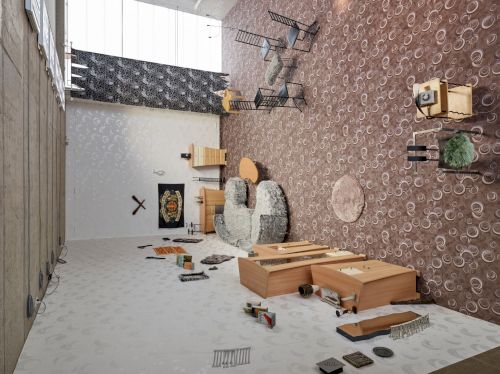
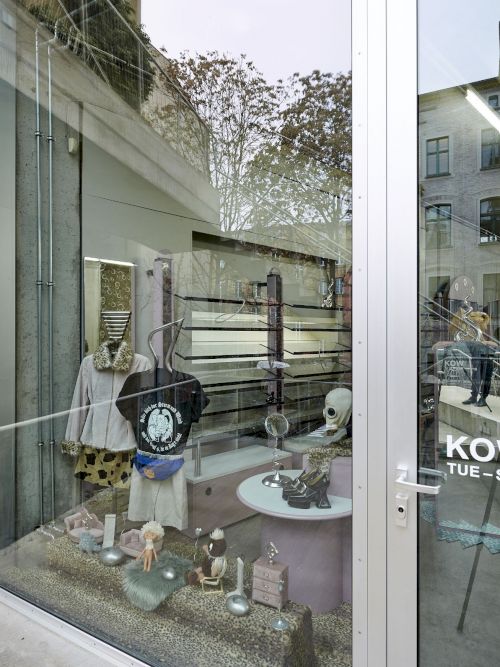

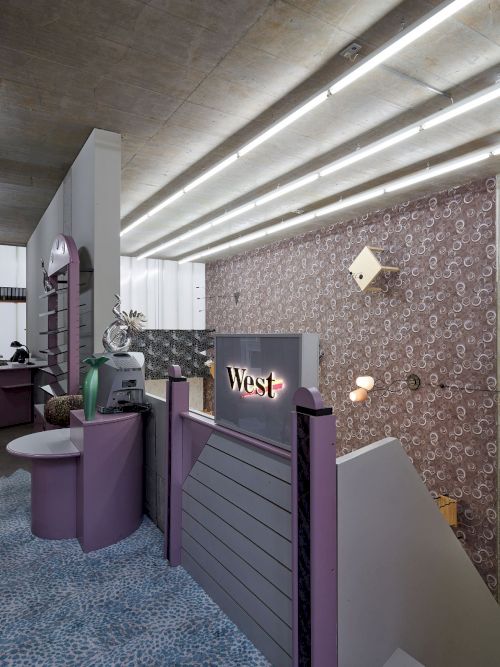
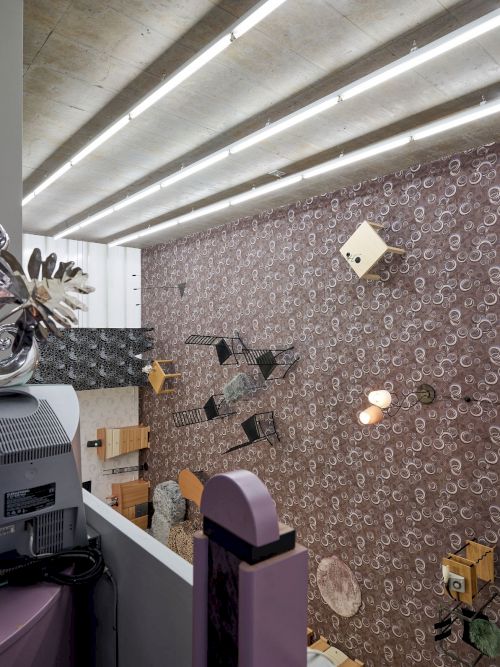
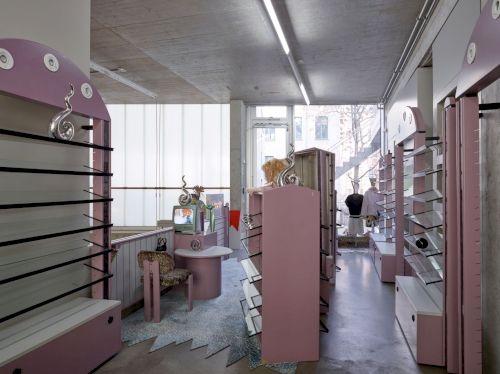
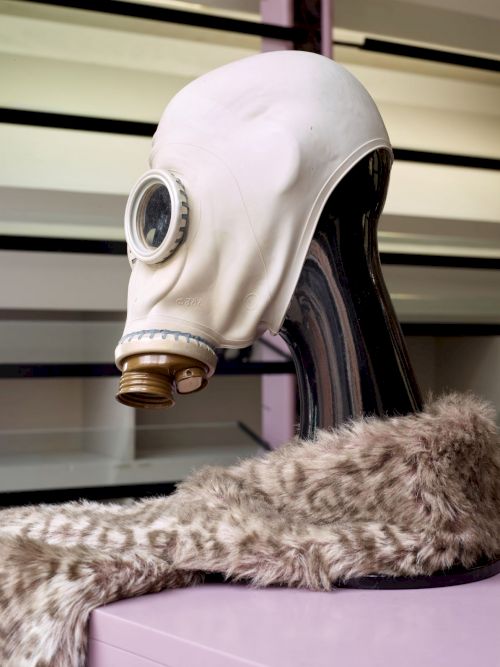

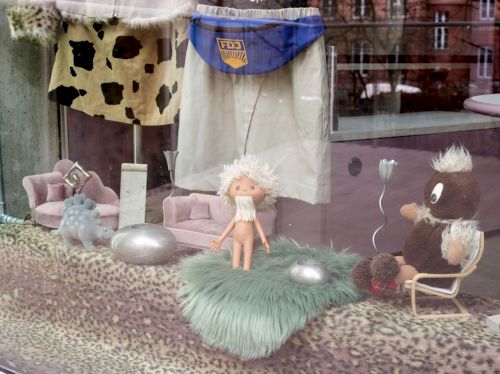
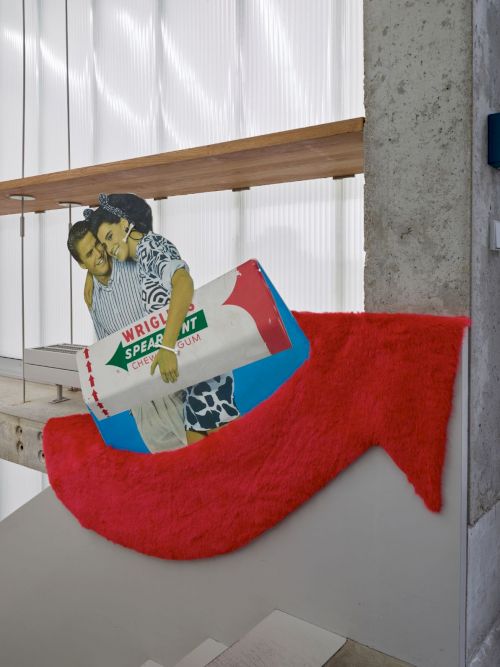
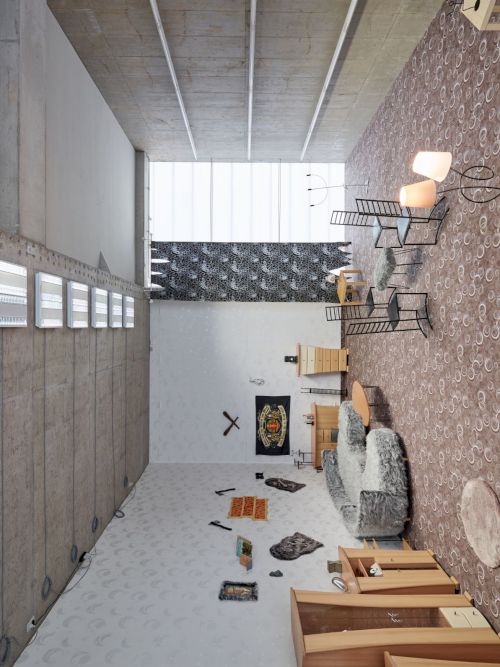
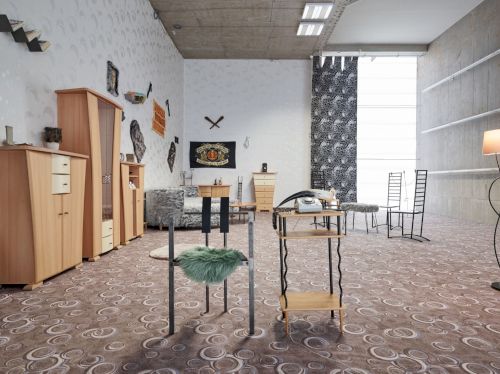
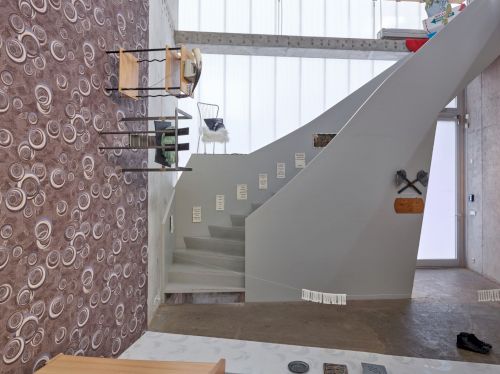
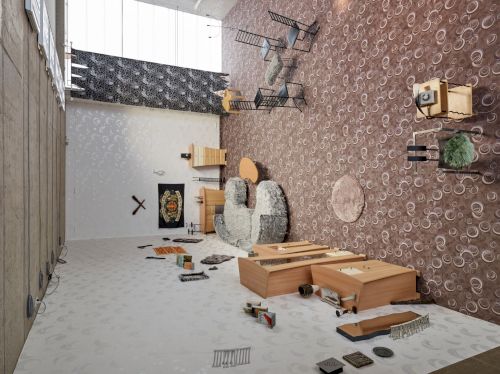
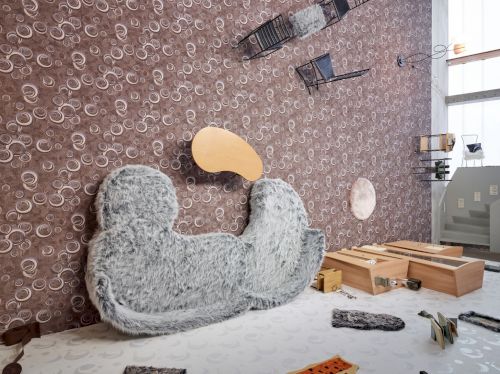
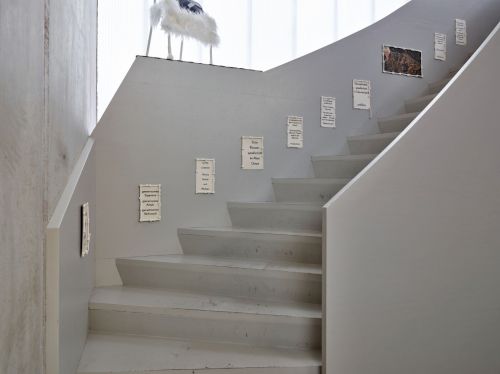
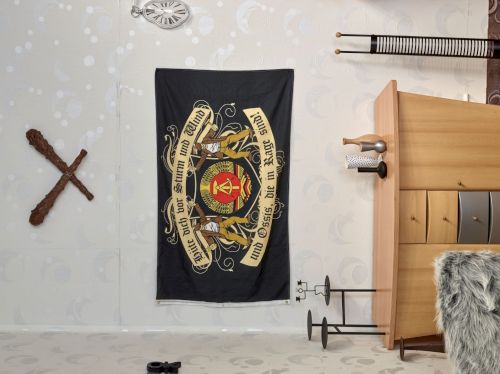
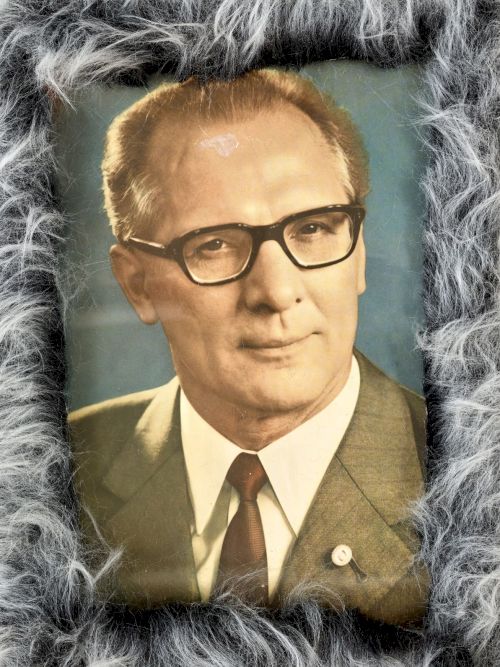
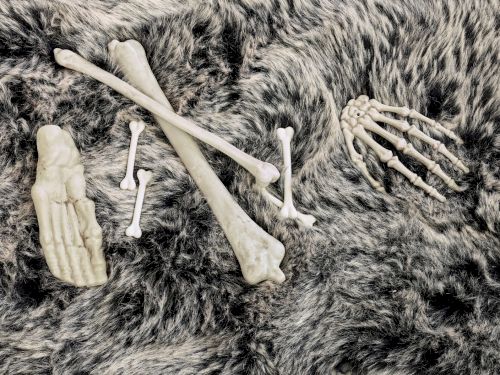
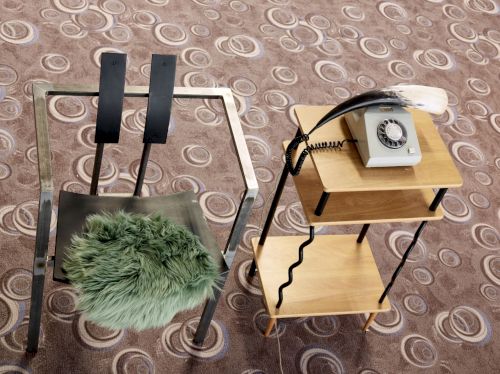
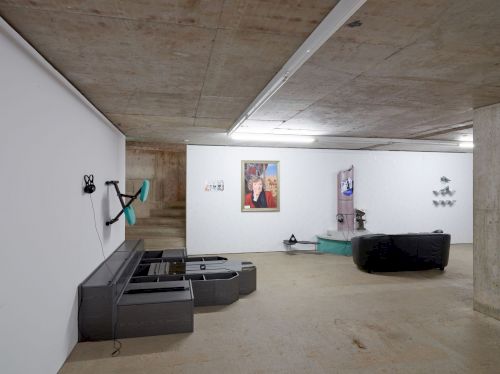




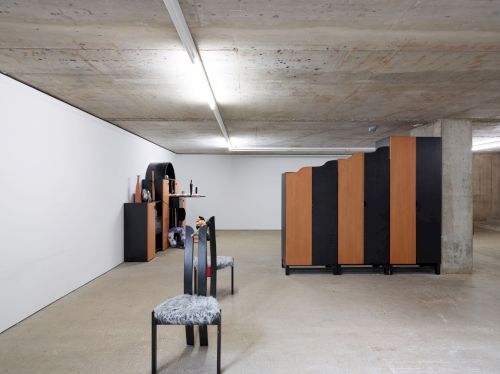


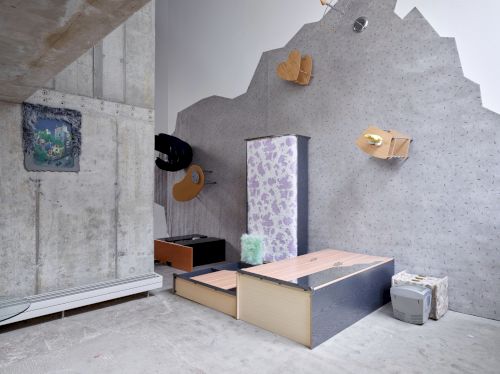
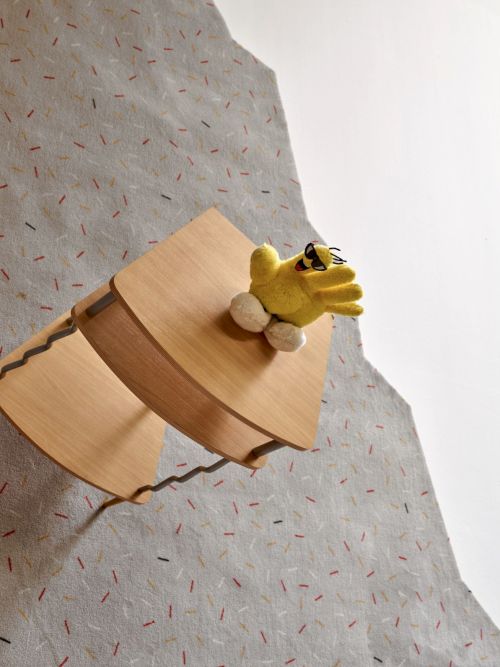
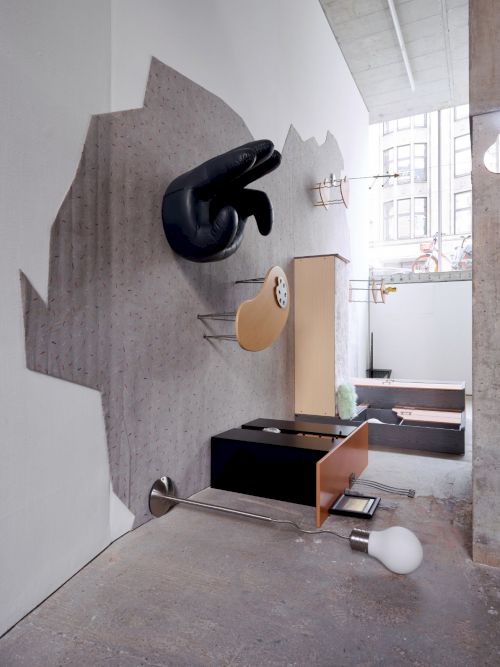
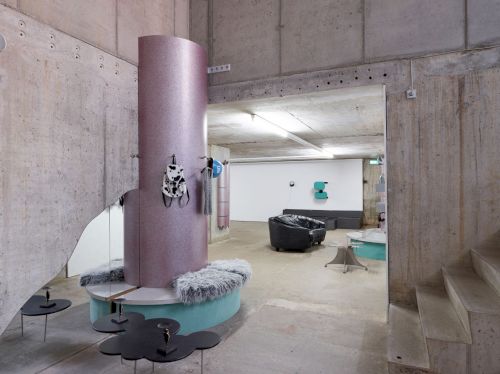
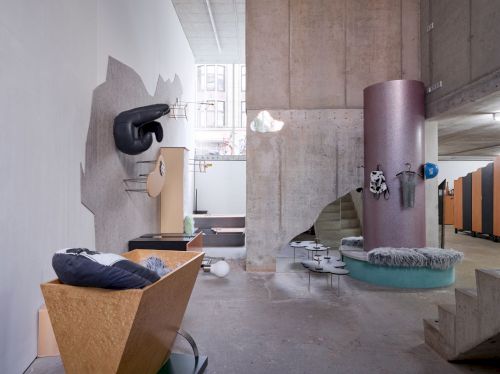
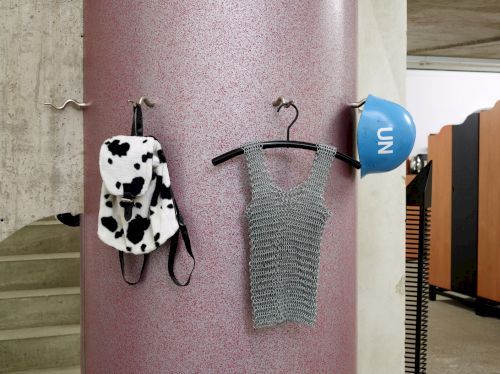
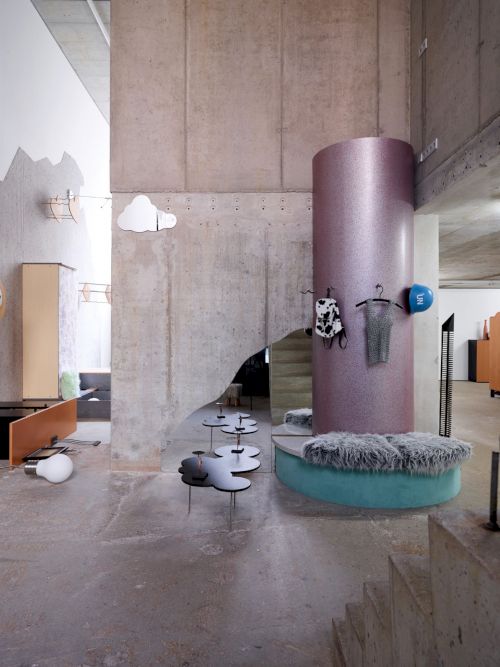
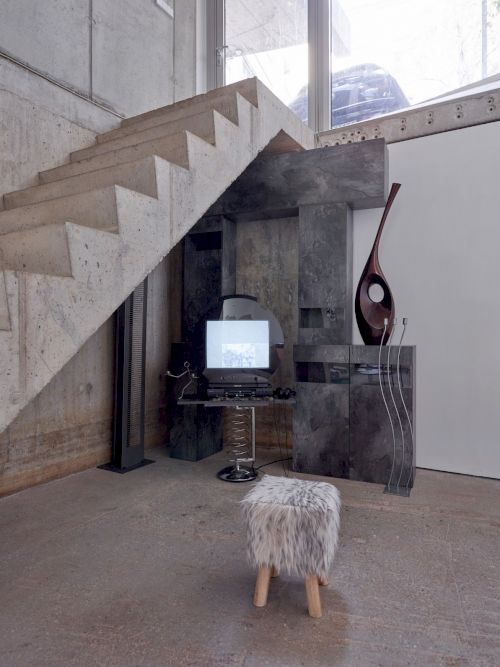
- Current
- Upcoming
- 2026
- 2025
- 2024
- 2023
- 2022
- 2021
- 2020
- 2019
- 2018
- 2017
- 2016
- 2015
- 2014
- 2013
- 2012
- 2011
- 2010
- 2009